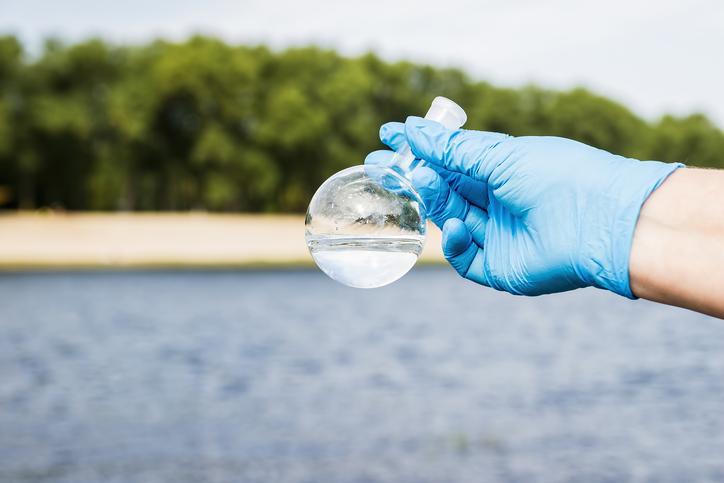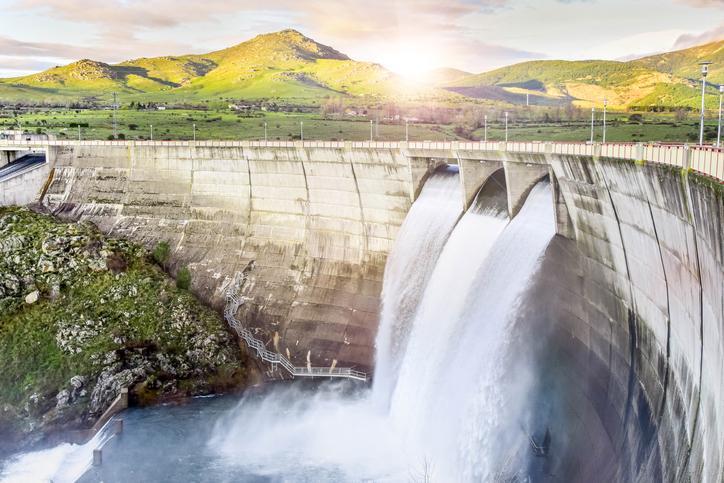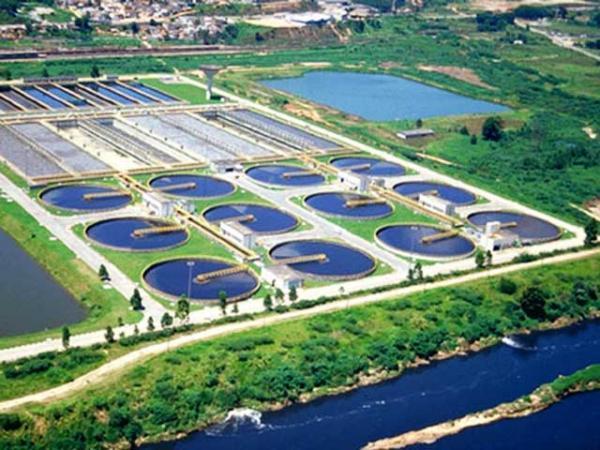How Does Sedimentation Affect the Water?


Water from natural sources contains various dissolved and suspended particles that, if consumed, could pose health risks. To make it safe for drinking, this water must undergo a purification process. One of the key steps in this process is sedimentation, where harmful particles settle out, ensuring cleaner water for consumption.
If you're curious about how sedimentation affects water and its role in providing safe drinking water, keep reading this thedailyECO article for a detailed explanation.
What is water purification and treatment?
The water that reaches our homes comes from various sources such as rivers, lakes, reservoirs, and underground deposits.
Naturally, this water contains microorganisms (like cyanobacteria, diatoms, and dinoflagellates), organic matter, and inorganic particles, including metals. However, the water we consume must undergo a purification process to ensure it is safe for human consumption, as untreated water can pose serious health risks. This treatment is carried out at facilities known as Potable Water Treatment Plants (ETAP) or Water Purification Plants (EPA).
At these treatment plants, two primary processes occur: the removal of suspended particles and the inactivation of microorganisms. Water is transported to these plants via pipes, aqueducts, or channels connected to the water source. The main steps in the purification process are:
- Coagulation: water enters "rapid mixing" tanks where coagulants and chlorine are added. Coagulants help bind particles, and chlorine disinfects the water. The chemicals bond with impurities, forming larger compounds that can be more easily removed.
- Flocculation: in slower-moving tanks, the water allows the formation of flocs—larger clusters of suspended solids.
- Sedimentation: the flocs are allowed to settle as the water moves slowly, making it easier to separate the solids from the liquid.
- Filtration: water then passes through filters, often made of sand, gravel, and activated carbon, to remove smaller particles, microorganisms, and remaining impurities.
- Storage: finally, the treated water is stored in tanks where chlorine and fluoride are added to prevent any surviving microorganisms from growing and to maintain water safety during distribution. From these storage tanks, the purified water is distributed to homes through a network of pipes.
This process ensures that the water we drink is safe and free from contaminants. Wondering how fresh water turns into safe drinking water? Dive deeper into the full process in our related guide.

What are the 3 types of sedimentation?
Sedimentation is the process by which solids suspended in water settle to the bottom of a container due to gravity. While this process naturally occurs in rivers and lakes, humans have harnessed it to purify and obtain safer water.
Sedimentation is governed by Stokes' Law, which states that particles heavier or larger than water tend to settle more quickly. The sedimentation rate is also influenced by the viscosity of the water—the lower the viscosity, the faster and more efficient the sedimentation process.
Suspended particles are categorized based on their size:
- Suspended particles: up to 10⁻⁴ cm in diameter.
- Colloids: with particle sizes between 10⁻⁴ and 10⁻⁶ cm.
- Solutions: containing particles smaller than 10⁻⁶ cm.
Based on this classification, sedimentation processes can be divided into three main types:
- Simple sedimentation: particles up to 10⁻⁴ cm settle naturally through physical processes like gravity.
- Coagulation sedimentation: colloidal particles (10⁻⁴ to 10⁻⁶ cm) require chemical coagulants to form larger flocs that can sediment.
- Precipitation sedimentation: soluble substances must first be converted into insoluble forms, also using chemical additives, before they can settle as sediment.
For sedimentation to be effective, the speed of water flow must be slower than the settling speed of the suspended particles. This concept, known as surface loading rate, is crucial in designing sedimentation tanks.
To illustrate sedimentation rates, for a sedimentation distance of 0.3 meters:
- Sand grains with a settling velocity of 88 mm/s would take 38 seconds.
- Bacterial clusters, with a velocity of 0.00154 mm/s, would require 35 hours.
- Colloids, with an extremely slow velocity of 0.000000154 mm/s, could take up to 63 years to settle.
Other factors, such as water temperature, particle diameter, and specific weight, also significantly affect sedimentation rates. Did you know that water stress can intensify the challenges of water treatment? Learn more about it in our related article.
What happens in a sedimentation tank?
Sedimentation tanks, whether circular or rectangular, are designed with four key zones that play a crucial role in the efficient removal of suspended solids from water:
- Inlet zone: this is where water enters the sedimentation tank. The flow rate must be carefully controlled to prevent turbulence that could disturb the settling process. Typically, water is introduced at a speed of no more than 5 cm/s.
- Sedimentation zone: In this area, water flows slowly and uniformly, allowing suspended particles to settle to the bottom. The key here is a steady, laminar flow to maximize the deposition of solids.
- Sludge zone: Located at the bottom of the tank, the sludge zone collects the particles that have settled from the sedimentation zone. A trap door at the base facilitates the removal of sludge, which must be extracted carefully at a low speed to prevent the settled particles from being stirred up again.
- Outlet zone: This is the final zone where the now-clarified water exits the tank. It features structures designed to trap and retain any floating materials that might still be in the water, ensuring the water leaving the tank is as clean as possible.
Each of these zones contributes to the overall effectiveness of the sedimentation process, ensuring that water is purified before it moves on to the next treatment stage.
Curious about water's mysteries? Dive deeper and find out what makes seawater salty in our related article.

If you want to read similar articles to How Does Sedimentation Affect the Water?, we recommend you visit our Ecology (other) category.







